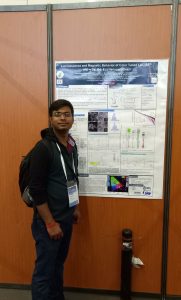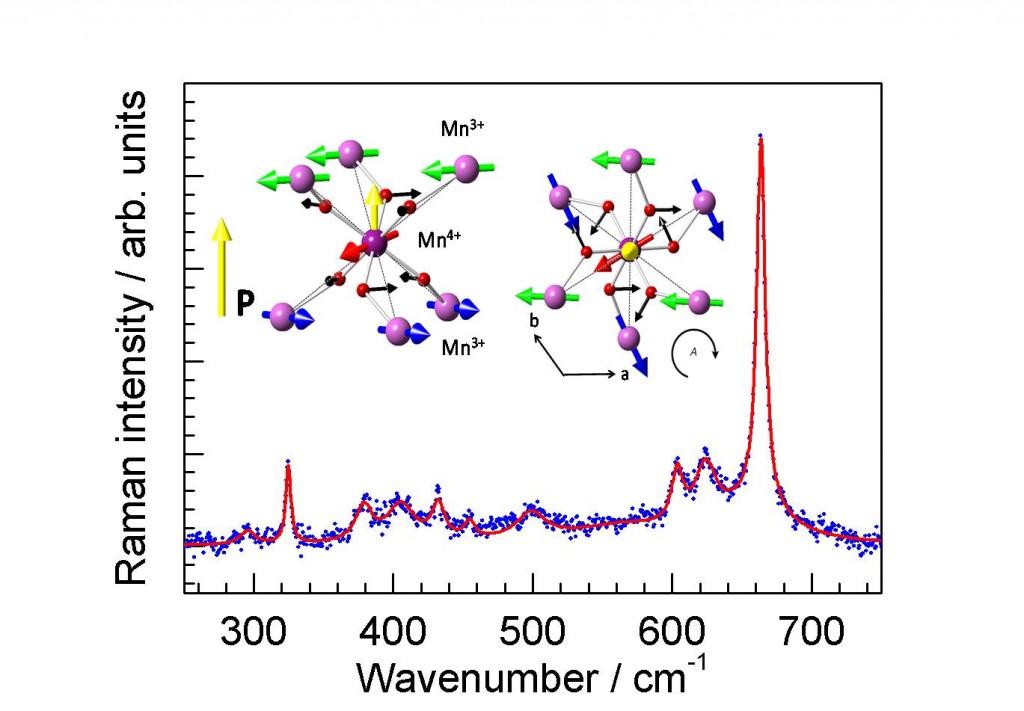
So far this year, B-MRS member Navadeep Shrivastava has won four awards for his work on materials with magnetic and luminescent properties developed in the context of his doctoral research being conducted at the Federal University of Maranhão (UFMA) under the guidance of Professor Surender Kumar Sharma.
In February, Shrivastava was selected to receive a registration exemption at the E-MRS 2017 Spring Meeting, within an existing agreement between B-MRS and the European Materials Research Society (E-MRS). The award allowed the participation of the doctoratal student in the event, which was held in Strasbourg (France) from 22 to 26 May 2017.
At the E-MRS event, Shrivastava won an award for the poster he presented at the symposium entitled “Luminescence and Magnetic Behavior of Color Tuned LaF3:RE3+ (RE= Ce, Gd, Eu) Nanoparticles”. In addition, he presented another contribution at symposium V (“Green emitting magneto-luminescent iron-oxide/ZnS coated by codoped lanthanum fluoride nanomaterials”), which drew the attention of the audience, initiated a collaborative relationship with a group from the Université de Strasbourg (France) and expanded his network of professional contacts. “I want to express my gratitude for the opportunity to participate in the E-MRS 2017 Spring Meeting,” says Shrivastava.
In third place, the doctoral student was one of the winners of the 2017 Bernhard Gross Award, awarded by SBPMat to the best works presented by students at the annual events of the society. Shrivastava was awarded for the work “Facile synthesis and magneto-luminescence study of aliance of iron oxide and NaGdF4:RE3+ into nanoentity”, presented in an oral session at symposium B. The award was delivered on September 14 this year in the city of Gramado, during the closing ceremony of the XVI B-MRS Meeting.
Finally, the UFMA PhD student has just been selected to receive a travel assistance from the IEEE Magnetics Society to present two papers at the 62nd edition of the International Conference on Magnetism and Magnetic Materials, called MMM 2017, to be held in Pittsburgh in November of this year.

